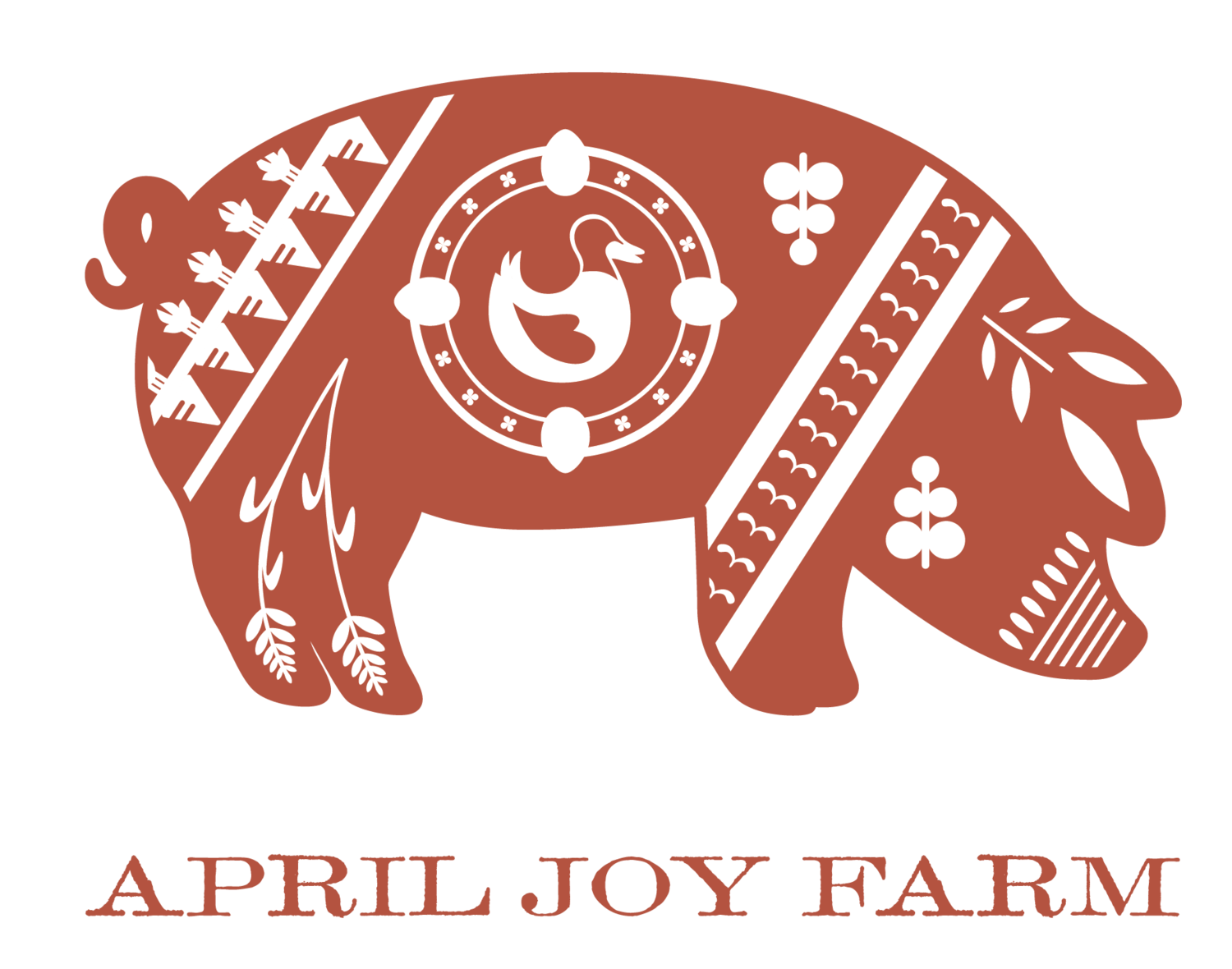Planting the Future | Part 1
August 19, 2022
Hanging Out | Monestrell Red Onions curing in the drying shed.
Part 1 of 2 | Part 2
The great wave of harvest season is upon us.
Sweet onions are racked and curing in the drying shed. Garlic is being trimmed and sorted and bagged and moved to storage to make room for red and yellow onions and rosy plump shallots. Yesterday the first two varieties of potatoes came out of the field; five more are to come.
The first sweet peppers are blushing red and about as sweet as one could hope. Our hot pepper plants are loaded with fruit and this year, we’re excited to be growing the holy trinity of mole sauces: guajillo, pasilla bajio, and ancho (dried poblanos). On Monday, five of us picked 180 pounds of tomatoes. On Tuesday, Brad picked 71 pounds more. After a worrisome spring, this surge of harvesting work is a welcome relief– a true joy.
Alongside the harvests, now is the time we shift our focus to feeding our soil for the coming year. After garlic, onion, and potato harvests, we work to restore what we’ve taken, by sowing a diverse blend of cool and warm season grasses and broadleaf plants, each of which has a special power. These soil building, or “cover crop” crops are plants we intentionally do not harvest. Rather, it’s our way of feeding and tending the teeming life below ground, so that underground world can continue to feed us.
In 2010, I had 9 quarter acre ‘fields’, of which 8 were in vegetables and 1 in soil building cover crops and the total yield was 1.4 tons/acre. In 2021, we had 11 quarter-acre fields, only 7 of which were in market crops. Total yield was 6.1 tons/acre. That means we have more than quadrupled our yields/acre over the last 11 years.
Beyond yields, this year marks a big milestone. We have finally reached one of my long-term farm goals. With only 5 of our 11 fields planted to market crops in 2022, we now have greater than 50% of our annual cropping land planted to multi-year soil building forbs and grasses and legumes.
Put another way, we are now using less than half our available land to grow all the food we need for our families, (that’s 10+ tons/year), while concurrently improving the health, fertility, and resilience of the entire farm ecosystem.
The incremental improvements I’ve made underscore why it’s so important to support new farmers through the long arc of a necessary learning phase, and why it’s so crucial to provide farmers with stable land tenancy. There is no way I could have done this if I had been forced to rent land, uncertain as to if or when I’d have to move from place to place. Otherwise, how can you justify or recoup the many dollars and hours of time spent on feeding a community below ground that pays in long term resiliency, not short-term cash?
More than 50% acreage in cover crops and diverse plant communities creates a significant ripple effect: less acreage tilled or disturbed, less carbon emissions, less physical labor spent on weeding and mowing. Less water used, fewer irrigation supplies purchased.
In addition, a longer rotation means a more effective pest and disease management program. It means more shelter and food for pollinators and songbirds and beneficial insects. It means tomatoes that survive an April snowstorm and bounce back with vigor and strong yields.
Maybe you’ve heard this new buzzword - regenerative? Well, since there is no legal definition for that term, the marketing departments of corporations can make that mean anything they want. Out here in my fields, however, I don't have any use for such greed driven methods. Leaving this precious soil better than when I found it will always be central to my life’s work. ~AJ
Hanging Out Part II | Higgins the kitten plays in the barn after returning from his neuter appointment (thus the little kennel). They didn’t take his sense of humor!
“Life is the soil, our choices, and actions the sun and rain, but our dreams are the seeds.”


